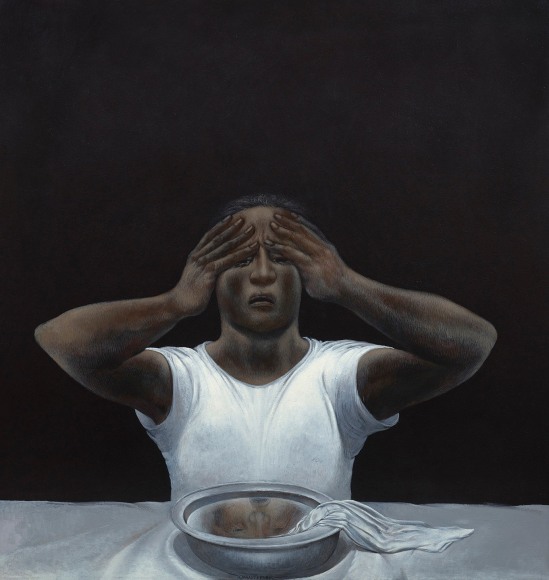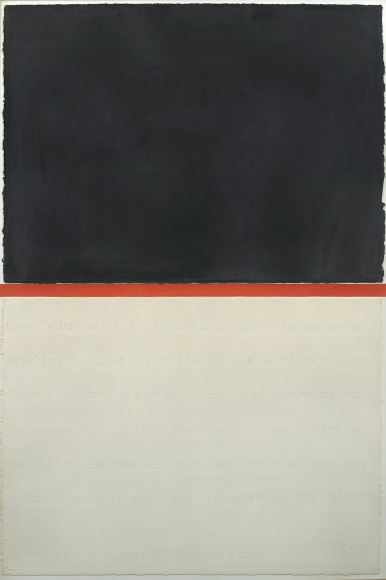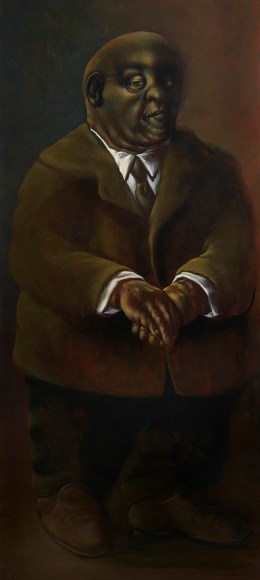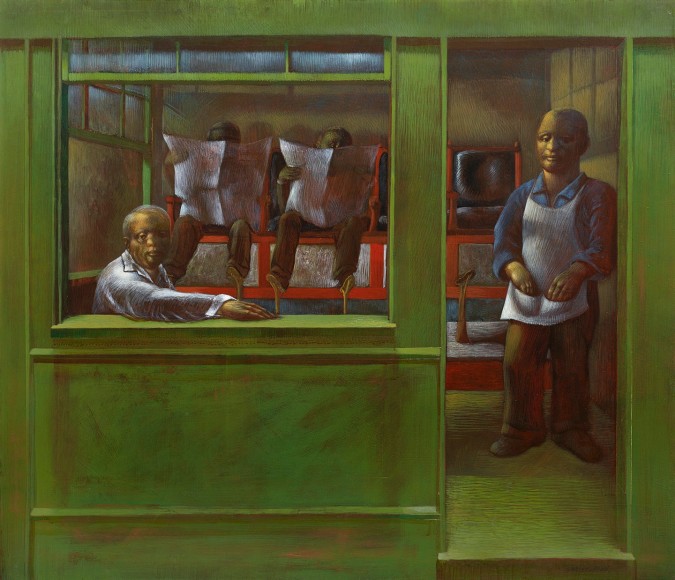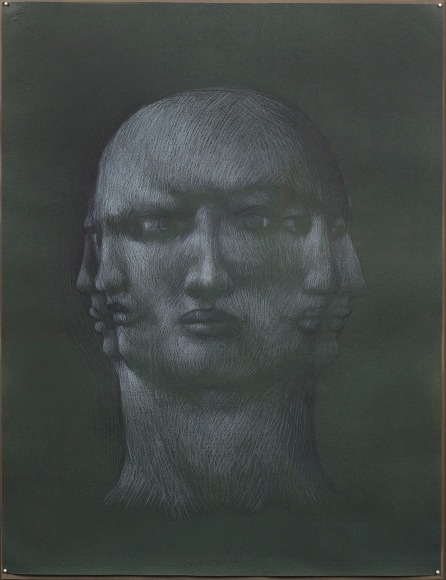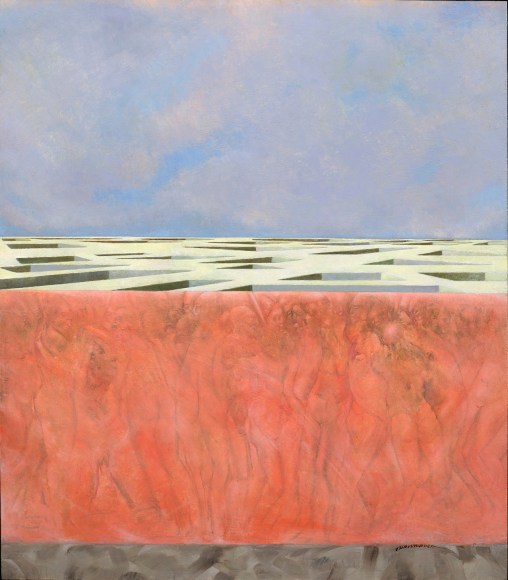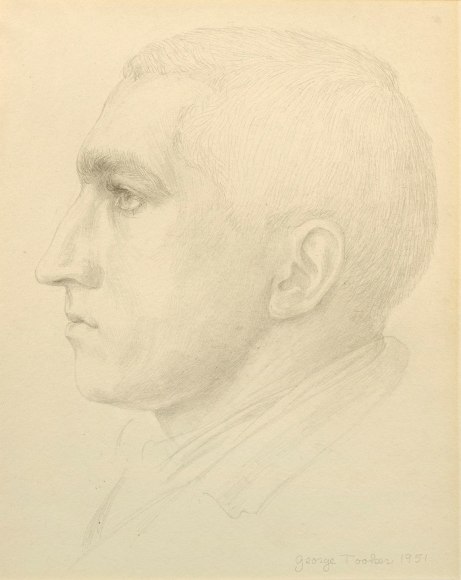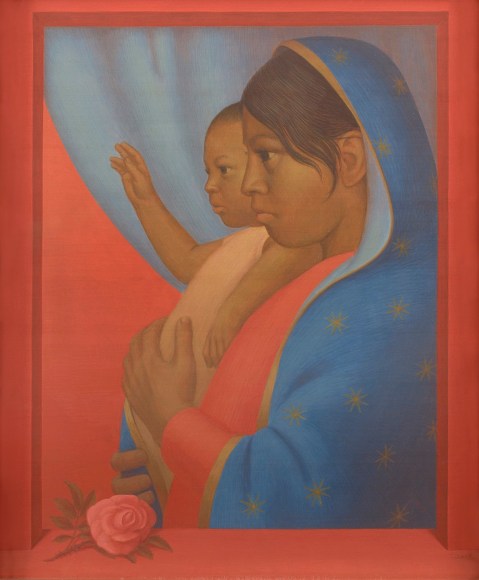Debra Force Fine Art is pleased to present William R. Christopher (1924 – 1973): A Rediscovery. Featuring seventeen works, most of which have not been exhibited in over fifty years, the show includes examples of the artist’s Magic Realist and genre scenes from the 1950s, his nuanced depictions of Black female nudes in the early 1960s, and works dedicated to Martin Luther King Jr. and John F. Kennedy from 1963, among others.
Born in Columbus, Georgia, Christopher left the South to pursue his artistic career, studying in Paris at the Sorbonne, Academie Julian, and Ecole des Beaux Arts in the late 1940s. Moving to New York City, he trained with Amedee Ozenfant and Hans Hofmann.
In both Paris and Manhattan, Christopher was part of a diverse artistic and social circle. African American visual and performing artists Richard Barthe, Beauford Delaney, and Sidney Poitier were friends and mentors, who encouraged the young man on his path to becoming a professional artist. He also served as a model for George Platt Lynes, who introduced him to Magic Realists Paul Cadmus, Jared French, and George Tooker. Tooker and Christopher became partners in 1949 and remained together until the latter’s death.
Christopher’s paintings from the 1950s are fantastical works inspired by Coney Island. Side Show (1953), Happy Jenny (1956), and The Cage (1954) reflect the revelry of the boardwalk and the carnivalesque performances found there. In contrast, Shoe Parlor (1956), portrays working-class Black life inspired by the multi-racial Brooklyn Heights neighborhood where he and Tooker lived during this period.
In addition to being an accomplished artist, Christopher was dedicated to Civil Rights. The harsh realities of American racism and his empathy with African Americans motivated him to turn toward political activism and a new direction in his art beginning in the 1960s. In 1961, he pained a trio of large-scale powerful works of Black women reclining against gold leaf backgrounds: Benin, Ife, and Iso Ekpo, the titles of which are drawn from African culture.
In 1963, Christopher dedicated his paintings and writings to Dr. Martin Luther King Jr., and the Civil Rights movement. The artist’s King Series is more interpretive than documentary. In these paintings, he used props including masks and mirrors in order to convey narratives of oppression and resistance as in Basin (No. 5 – In Honor of Martin Luther King). Christopher and King met in 1964 at Boston University, where the artist’s King Series was on view at the University’s library. They met again the following year, when Christopher and Tooker participated in the March for Voting Rights from Selma to Montgomery.
A deeply religious man and progressive Christian, Christopher painted several religious paintings including Underland (1968), which is the artist’s interpretation of Hell. The assassination of President Kennedy led him to create a mixed media work titled The Lord’s Prayer (In Honor of John F. Kennedy) (1963), in which he channeled his grief and great admiration for the slain President.
The exhibition is accompanied by a catalogue with an essay by Dr. Diana L. Linden and includes additional figurative paintings, drawings, and a collage.

